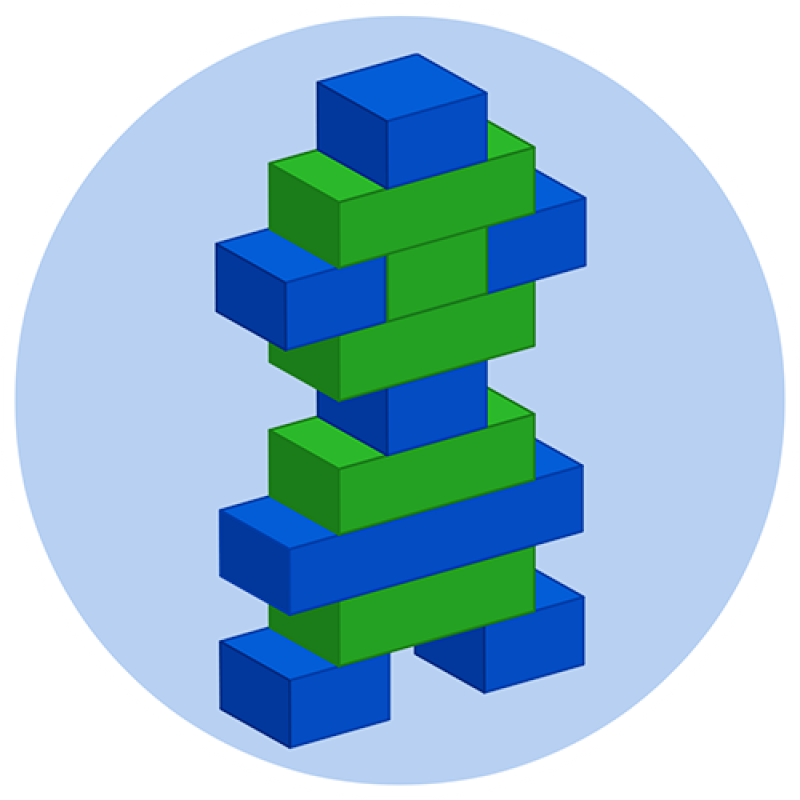Identify acute and obtuse angles and compare and order angles up to two right angles by size.
Identify lines of symmetry in 2-D shapes presented in different orientations.
Complete a simple symmetric figure with respect to a specific line of symmetry.
Convert between different units of measure [for example, kilometre to metre; hour to minute].
Measure and calculate the perimeter of a rectilinear figure (including squares) in centimetres and metres.
Find the area of rectilinear shapes by counting squares.
Read, write and convert time between analogue and digital 12- and 24-hour clocks.
Solve problems involving converting from hours to minutes; minutes to seconds; years to months; weeks to days.
Count in multiples of 6, 7, 9, 25 and 1000.
Find 1000 more or less than a given number.
Recognise the place value of each digit in a four-digit number (thousands, hundreds, tens, and ones).
Order and compare numbers beyond 1000.
Identify, represent and estimate numbers using different representations.
Round any number to the nearest 10, 100 or 1000.
Solve number and practical problems that involve all of the above and with increasingly large positive numbers.
Recognise and show, using diagrams, families of common equivalent fractions.
Add and subtract fractions with the same denominator.
Recognise and write decimal equivalents to 1/4, 1/2, 3/4.
Recognise and write decimal equivalents of any number of tenths or hundredths.
Find the effect of dividing a one- or two-digit number by 10 and 100, identifying the value of the digits in the answer as ones, tenths and hundredths.
Round decimals with one decimal place to the nearest whole number.
Compare numbers with the same number of decimal places up to two decimal places.
Solve simple measure and money problems involving fractions and decimals to two decimal places.
Count up and down in hundredths; recognise that hundredths arise when dividing an object by one hundred and dividing tenths by ten.
Solve problems involving increasingly harder fractions to calculate quantities, and fractions to divide quantities, including non-unit fractions where the answer is a whole number.
Solve problems involving multiplying and adding, including using the distributive law to multiply two digit numbers by one digit, integer scaling problems and harder correspondence problems such as n objects are connected to m objects.
Multiply two-digit and three-digit numbers by a one-digit number using formal written layout.
Use place value, known and derived facts to multiply and divide mentally, including: multiplying by 0 and 1; dividing by 1; multiplying together three numbers.
Recognise and use factor pairs and commutativity in mental calculations.
Add and subtract numbers with up to 4 digits using the formal written methods of columnar addition and subtraction where appropriate.
Estimate and use inverse operations to check answers to a calculation.
Solve addition and subtraction two-step problems in contexts, deciding which operations and methods to use and why.
Compare and classify geometric shapes, including quadrilaterals and triangles, based on their properties and sizes.
Ohjata oppilasta käyttämään ja ymmärtämään matemaattisia käsitteitä ja merkintöjä.
Tukea ja ohjata oppilasta vahvistamaan ja laajentamaan ymmärrystään kymmenjärjestelmästä.
Pitää yllä oppilaan innostusta ja kiinnostusta matematiikkaa kohtaan sekä tukea myönteistä minäkuvaa ja itseluottamusta.
Ohjata oppilasta havaitsemaan yhteyksiä oppimiensa asioiden välillä.
Ohjata oppilasta kehittämään taitoaan esittää kysymyksiä ja tehdä perusteltuja päätelmiä havaintojensa pohjalta.
Kannustaa oppilasta esittämään päättelyään ja ratkaisujaan muille konkreettisin välinein, piirroksin, suullisesti ja kirjallisesti myös tieto- ja viestintäteknologiaa hyödyntäen.
Ohjata ja tukea oppilasta ongelmanratkaisutaitojen kehittämisessä.
Ohjata oppilasta kehittämään taitoaan arvioida ratkaisun järkevyyttä ja tuloksen mielekkyyttä.
Tukea oppilasta lukukäsitteen kehittymisessä positiivisiin rationaalilukuihin ja negatiivisiin kokonaislukuihin.
Opastaa oppilasta saavuttamaan sujuva laskutaito päässä ja kirjallisesti hyödyntäen laskutoimitusten ominaisuuksia.
Ohjataan oppilaita huomaamaan asioiden välisiä vuorovaikutussuhteita ja keskinäisiä yhteyksiä.
Työn suunnittelua, tavoitteiden asettamista sekä työskentelyn ja edistymisen arviointia harjoitellaan.
Oppilaita opastetaan huomaamaan säännöllisesti suoritettujen tehtävien vaikutus edistymiseen sekä tunnistamaan vahvuutensa ja kehittämistarpeensa.



User reviews for ViLLE
You need to log in to post a review.